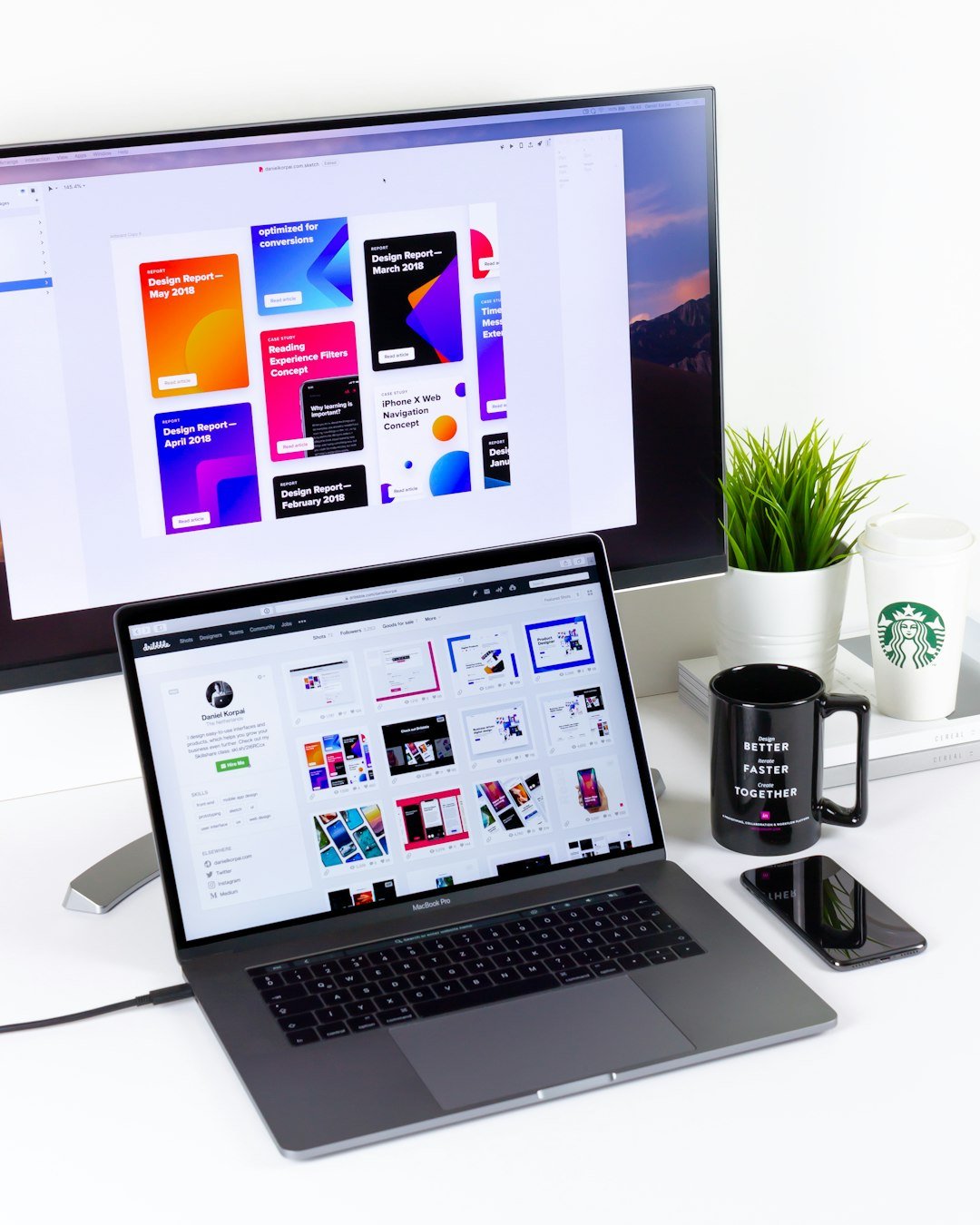Illustrations have always played a vital role in graphic design, captivating viewers and conveying messages in a unique and engaging way. In recent years, the power of illustrations has only grown, as designers continue to explore their creative potential. From websites to advertising campaigns, illustrations have become an integral part of the design process, enhancing visual appeal and creating lasting impact.
One of the key advantages of illustrations in graphic design is their ability to evoke emotions. Unlike photographs or stock images, illustrations can be customized to fit the desired mood or tone of a design. For example, vibrant and colorful illustrations can evoke feelings of joy and excitement, while dark and muted illustrations can communicate an air of mystery or intrigue. By carefully choosing the style, colors, and elements of an illustration, designers have the power to elicit specific emotional responses from their audience, making the design more memorable and impactful.
Another strength of illustrations is their versatility and adaptability. Whether it’s a simple icon or a complex scene, illustrations can be easily modified and resized to fit various mediums and platforms. This flexibility allows designers to create consistent branding across different channels, maintaining a cohesive visual identity. It also allows for easier integration with other design elements, such as typography or photography, resulting in a harmonious and aesthetically pleasing composition. The adaptability of illustrations is especially valuable in the digital era, where designs need to be responsive and versatile to accommodate different screen sizes and devices.
Moreover, illustrations can bring narratives to life. A well-crafted illustration can tell a story, guiding viewers through a visual journey. By using characters, settings, and actions, designers can create compelling illustrations that engage the audience and immerse them in the narrative. Such illustrations are particularly effective in web design, where scrolling and parallax effects can be used to enhance the storytelling experience. Whether it’s a product demonstration or a step-by-step guide, illustrations have the power to simplify complex concepts and communicate information more effectively.
Additionally, illustrations can be used to create a sense of uniqueness and originality. In a competitive design landscape, standing out from the crowd is crucial. Illustrations offer designers a chance to break away from the limitations of stock imagery and templates, showcasing their creativity and artistic skills. By hand-drawing or digitally creating illustrations, designers can craft unique visuals that reflect the personality and values of the brand they are representing. This originality can strengthen brand recognition and differentiate businesses from their competitors.
Lastly, illustrations can bridge cultural and language barriers. In a globalized world, where design needs to cater to diverse audiences, illustrations offer a universal language that transcends verbal communication. By using symbols and visual cues, designers can create designs that are easily understandable and relatable to people from different cultural and linguistic backgrounds. This inclusivity expands the reach and accessibility of the design, ensuring that it resonates with a broader audience.
In conclusion, the power of illustrations in graphic design cannot be underestimated. From evoking emotions to enhancing storytelling, illustrations offer a wide range of benefits that make them an invaluable tool for designers. Their ability to customize, adapt, and captivate viewers sets them apart from other visual elements, creating designs that are both visually appealing and meaningful. As the design world continues to evolve, illustrations will undoubtedly remain a potent force, driving creativity and innovation in graphic design.

